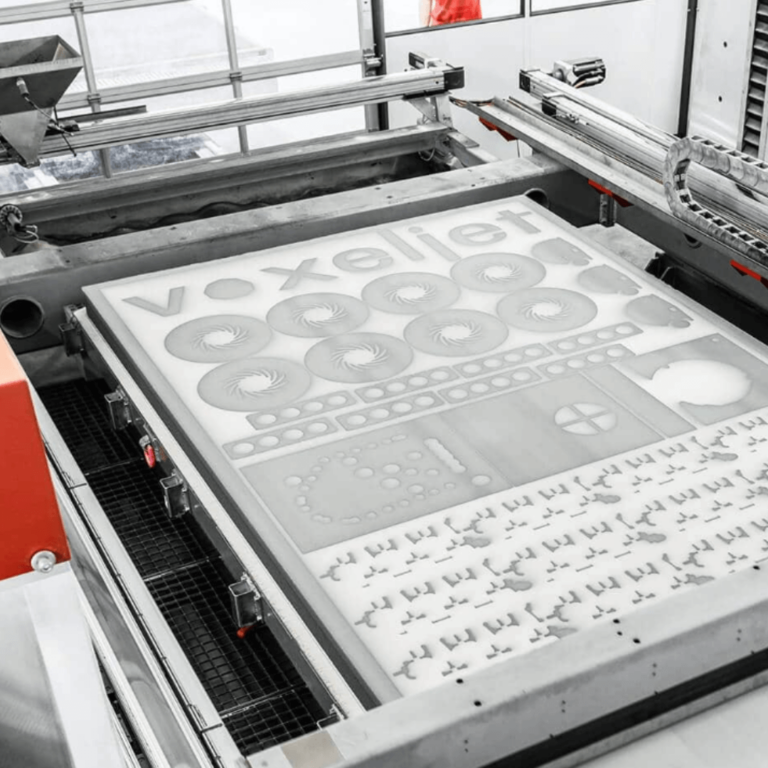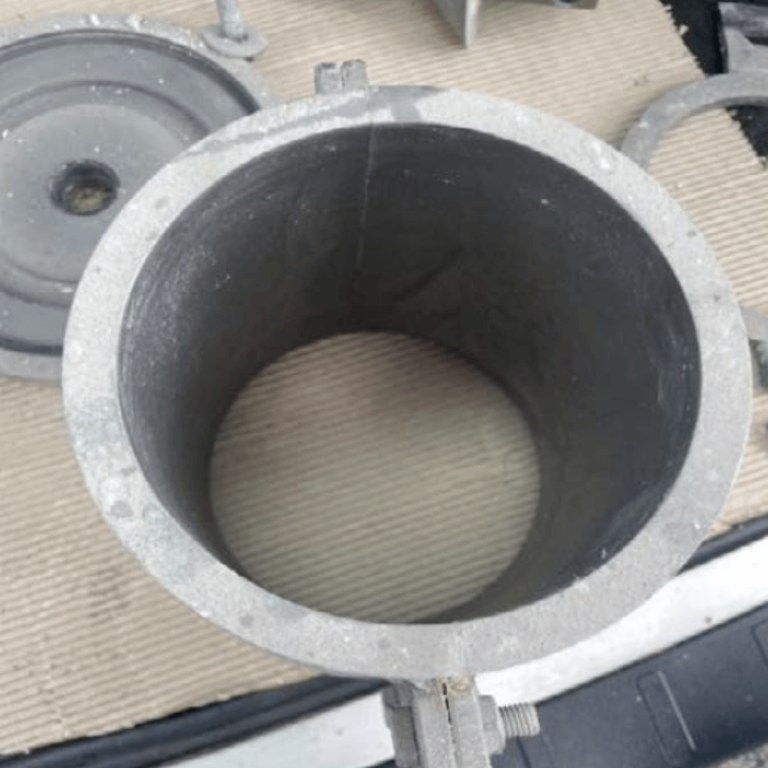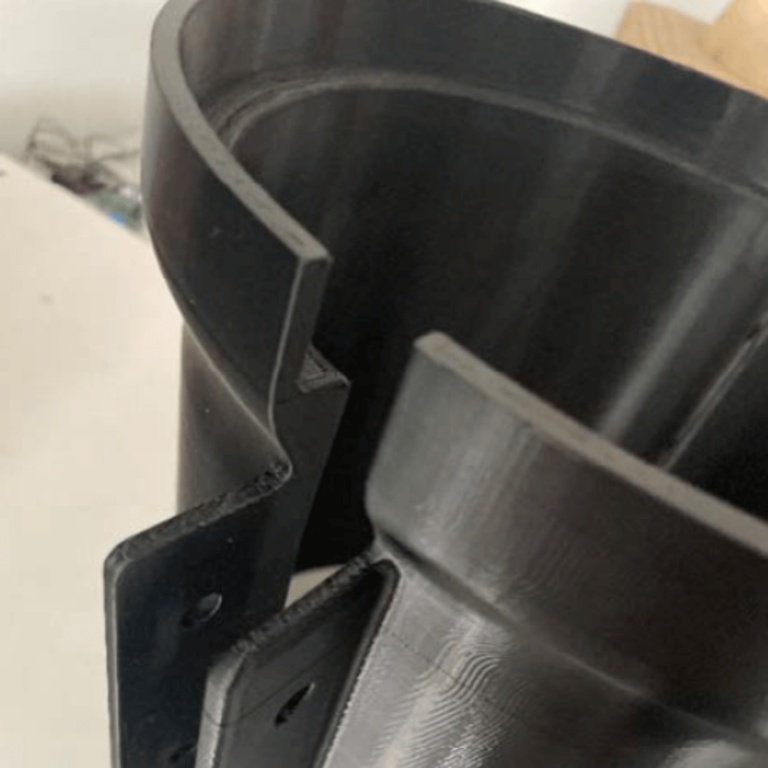Industrial companies are increasingly facing challenges in reducing the environmental impact of their products. Rising raw material costs, demands for energy efficiency, and strict environmental standards necessitate innovative solutions that combine technological advancement and sustainability. In this blog, we present a project that has successfully tackled these challenges through eco-design and innovative technologies, such as 3D printing, to optimize and improve metal tools.


Eco-design is an approach to product development that comprehensively addresses a product’s environmental impact throughout its entire life cycle—from design, material selection, and manufacturing to use, maintenance, recycling, or disposal. The goal of eco-design is to create products that are sustainable, energy-efficient, and user-friendly while minimizing their environmental impact. This involves reducing waste, emissions, and resource consumption while ensuring higher quality and longer life spans. This approach includes:
- Resource reduction: Optimization of manufacturing processes, use of renewable and recycled materials, and minimizing raw material use.
- Emissions and waste reduction: Carefully planned production and the use of materials with a low environmental footprint.
- Extended product life: Development of robust, easy-to-repair products that can be adapted to users’ needs.
Download the free guide for sustainable product planning.
Our client faced issues with heavy metal tools, which were cumbersome to handle and expensive and time-consuming to manufacture. The design of the tool required several days of machining, resulting in high production costs and slow delivery times. The client sought an innovative solution to simplify the tool’s design without compromising its quality and reliability.


To address this challenge, we redesigned the tool using innovative eco-design methods. Our solution involved using plastic instead of iron for the outer parts of the tool, while retaining the inner components. A key part of the process was 3D printing, which allowed us to produce the tool in a fast, flexible, and environmentally friendly way.
Project goals:
- Weight reduction: by using plastic, we reduced the tool’s weight by 67%, making it easier to handle and enhancing worker efficiency.
- Faster production: we halved the production time, enabling quicker delivery of final products.
- Cost reduction: by using fewer materials and reducing production time, we significantly lowered manufacturing costs, allowing the client to obtain more tools for the same price.
- Greater flexibility: the design allows for easy replacement of individual parts if damaged, reducing repair costs and the need for full replacements.
Use of recyclable materials: the plastic used is recyclable, further contributing to product sustainability and reducing waste.
The use of eco-design in the steel industry offers several key benefits essential for achieving sustainable development:
- Reduced environmental impact: reducing tool weight and using recycled materials lowers CO₂ emissions related to production and transport.
- Increased production efficiency: 3D printing enables the production of tools in less time, reducing costs and increasing production capacity.
- Greater flexibility and adaptability: 3D printing allows for quick adaptation of tools to specific client needs, enhancing the entire value chain.
- Easy maintenance and repairs: the modular tool design allows for easy replacement of damaged parts, reducing repair costs and extending the product’s life.

This project is an excellent example of how eco-design and modern technologies, such as 3D printing, can contribute to the development of more efficient and sustainable solutions in the steel industry. With this approach, we have enabled our client to increase productivity, reduce costs, and lessen their environmental footprint.
At Chemets, in collaboration with SUREHUB, we believe that thoughtful planning and innovative approaches can offer solutions that not only meet technical requirements but also contribute to the sustainable development of the industry. Our solutions are not only technologically advanced but also environmentally friendly and future-oriented, where quality and sustainability merge into one.

